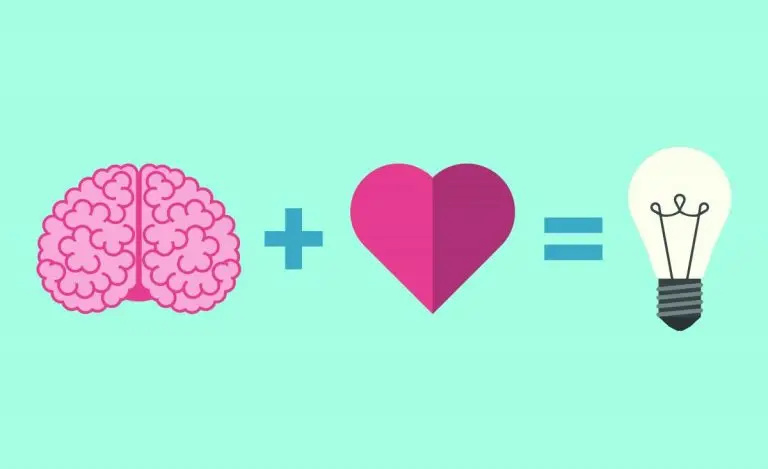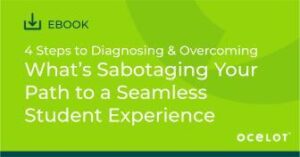Successful leaders are inspiring! How exactly do they do it? Is there a magical online course they took over the weekend? Did they have celebrity CEO parents? While no one can guarantee success, one thing all leaders have in common is a high emotional intelligence.
Emotional Quotient (EQ) is defined as the capability of individuals to recognize their own emotions and those of others, while discerning between different feelings and labeling them appropriately. People with high EQ use emotional information to guide thinking and behavior, and adjust emotions to adapt to environments or to achieve goals.
The primary benefit of these knowledge bases was that they enabled student service departments to store specific questions and answers in a single location and make changes over time as policies and programs changed. In many ways, this was an early attempt to create an online one-stop-shop for student questions.
Students could click on a pre-programmed topic, or run basic searches of the pre-defined questions, answers or other bucketed data.
However, the knowledge base article approach is colliding with the evolution of communications. We are all guilty of TLDR (Too Long; Didn’t Read) syndrome. Students, like all of us, prefer pertinent information in short, digestible nuggets. But transforming articles and policies into short messages takes a lot of time and effort.
AI Chatbots can upgrade the knowledge base model and help schools improve how students get answers by:
Enabling students to ask questions how they want to
Questions can be phrased in a multitude of ways. “How do I apply for financial aid?” can also be asked as “How do I submit a FAFSA?” or “I would like to know the procedure of financial aid.” These are real user questions all looking for the same answer. An AI Chatbot can interpret the ways to phrase a question and match it to the correct answer. A standard knowledge base is far less likely to successfully inform students when approached with multiple phrasings.
Chatbots create a two-way conversation. Students rarely have one question. One question leads to follow-up questions. Chatbots allow students to ask the next question, and engage students with meaningful clarifying questions. Students are more likely to continue the conversation in this format. This encourages students to engage in the full depth of information a knowledge base has to offer (but is so seldom retrieved with traditional tools)
Pulling in other relevant information
AI Chatbots can pull in relevant information from other sources. Knowledgebases require manual entry of new data. AI Chatbots have core content. Additionally, they can reach beyond their core to search college websites, forms, videos, policies and more. The power of content in an existing knowledge base can be magnified by AI pulling in approved published content in all forms and mediums.
Well-designed AI Chatbots have the potential to make school knowledge bases much smarter, more engaging, and easier to maintain. Students can have questions answered more effectively and with greater ease. Tools can see students all the way through full conversations – without recreating the wheel. Staff time maintaining the knowledge base can be reduced. And the resource can be accessed by students 24/7/365.














